NASA is developing a strategy to enable commercial services on Mars, aiming to partner with private companies to establish sustainable human presence on the planet.
This vision aligns with NASA’s goal of expanding space exploration while reducing costs and fostering innovation.
Building on Lunar Success

NASA plans to replicate the success of its lunar commercial programs, such as the Artemis program, by involving private industry in future Mars missions.
This approach will accelerate progress and make Mars exploration more cost-effective.
Supporting Sustainable Mars Missions
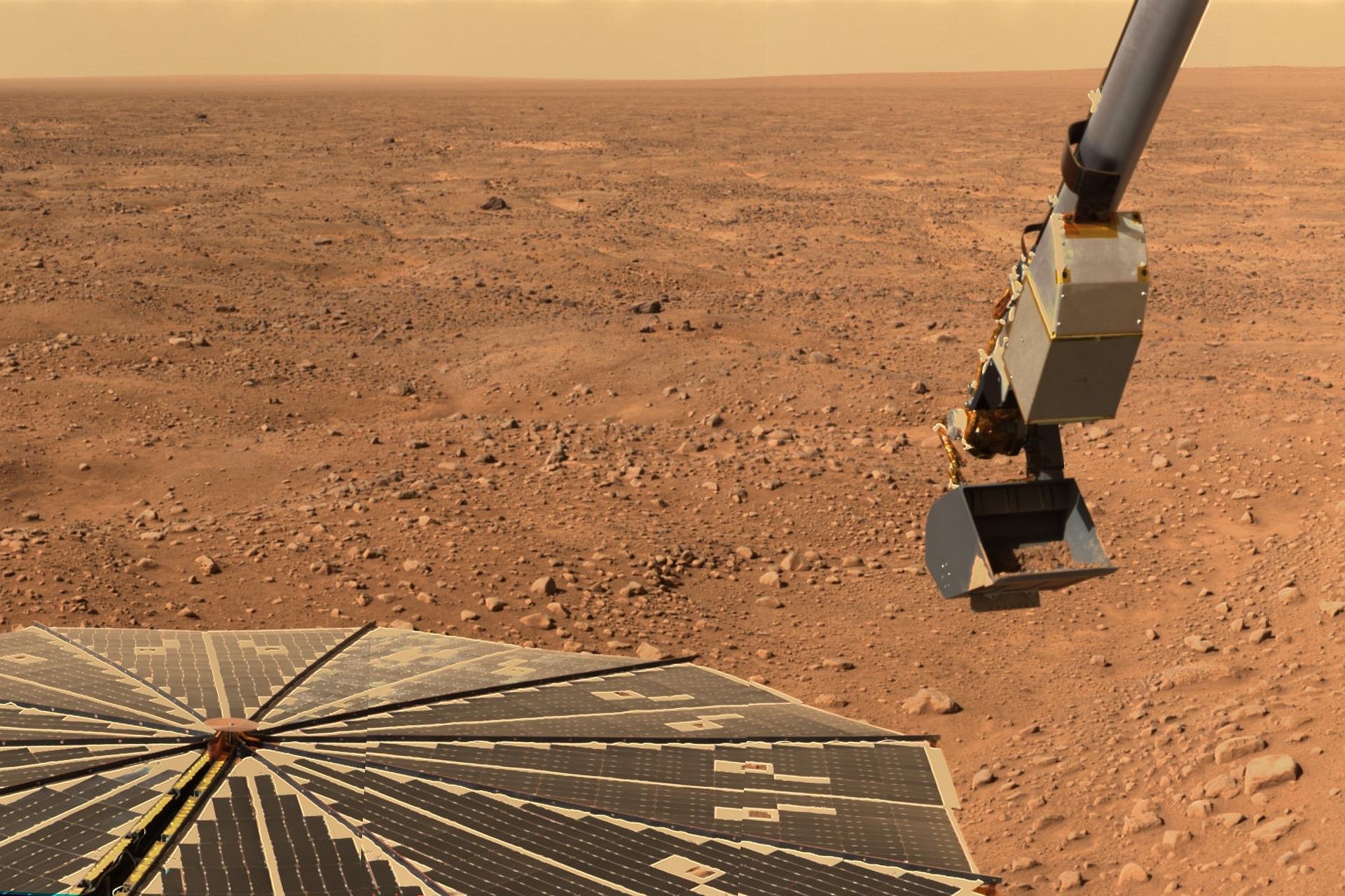
NASA’s long-term goal is to create a self-sustaining Mars infrastructure, including transportation, habitats, and resource utilization, in collaboration with private companies.
This infrastructure will be essential for extended missions and eventual colonization.
Key Technologies for Mars Exploration
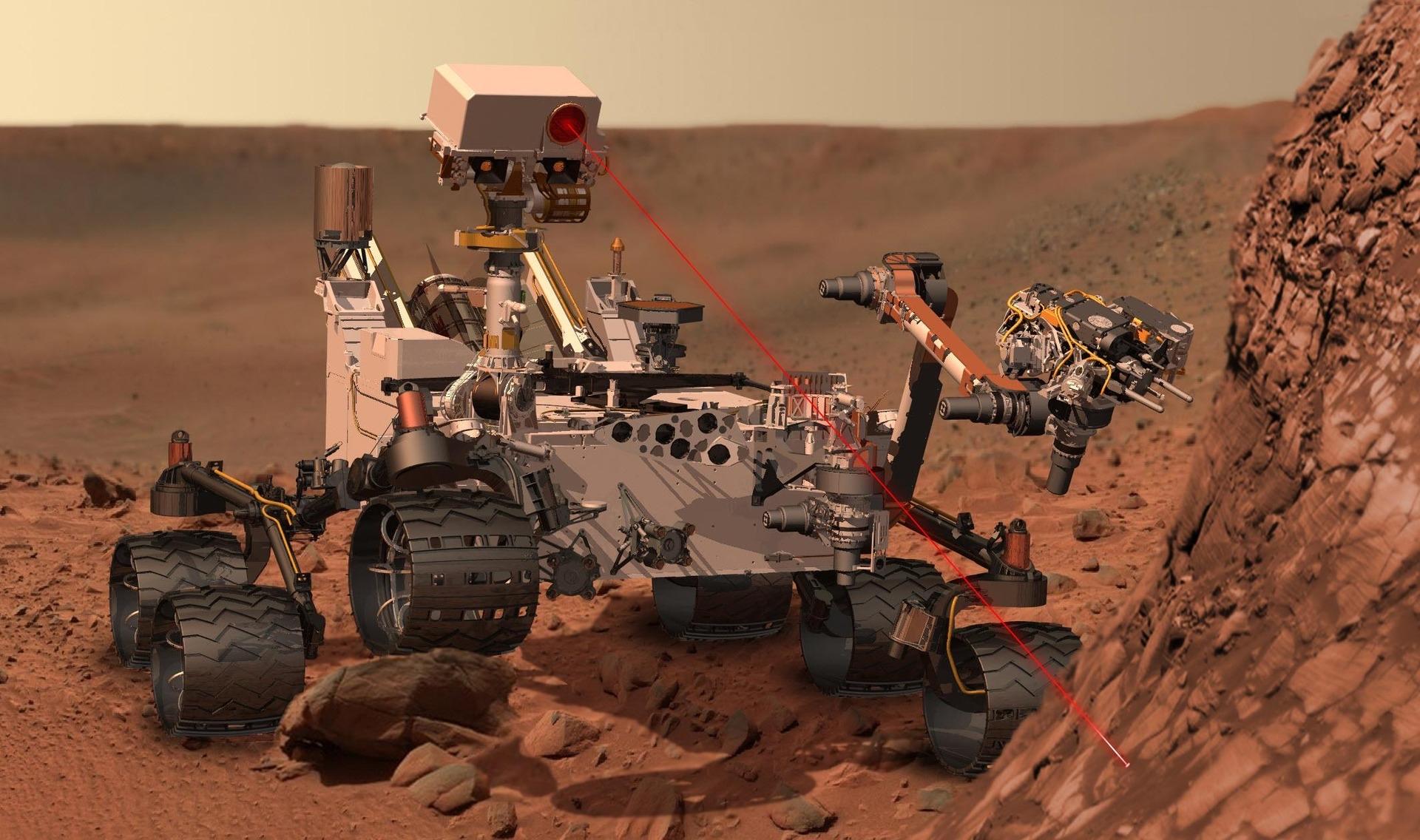
To make Mars missions feasible, NASA and its partners are developing key technologies like autonomous robots, advanced propulsion systems, and in-situ resource utilization (ISRU).
These innovations are crucial for making human life possible on Mars.
Commercial Partnerships Drive Innovation
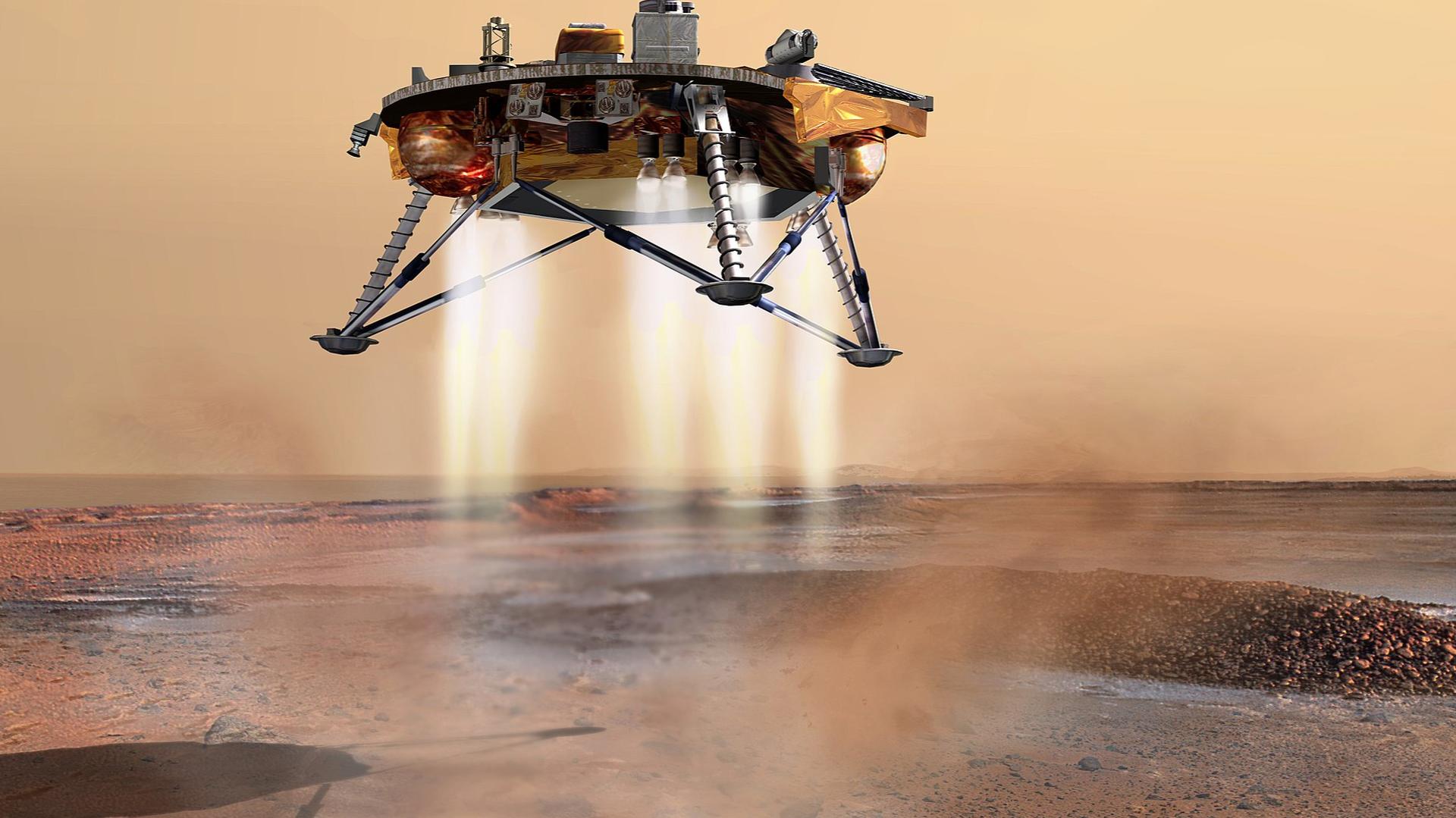
NASA is encouraging private companies to develop commercial services, such as Mars transportation and resource extraction, to support human exploration.
This collaboration is expected to drive technological advances and lower costs.
The Role of SpaceX and Other Companies
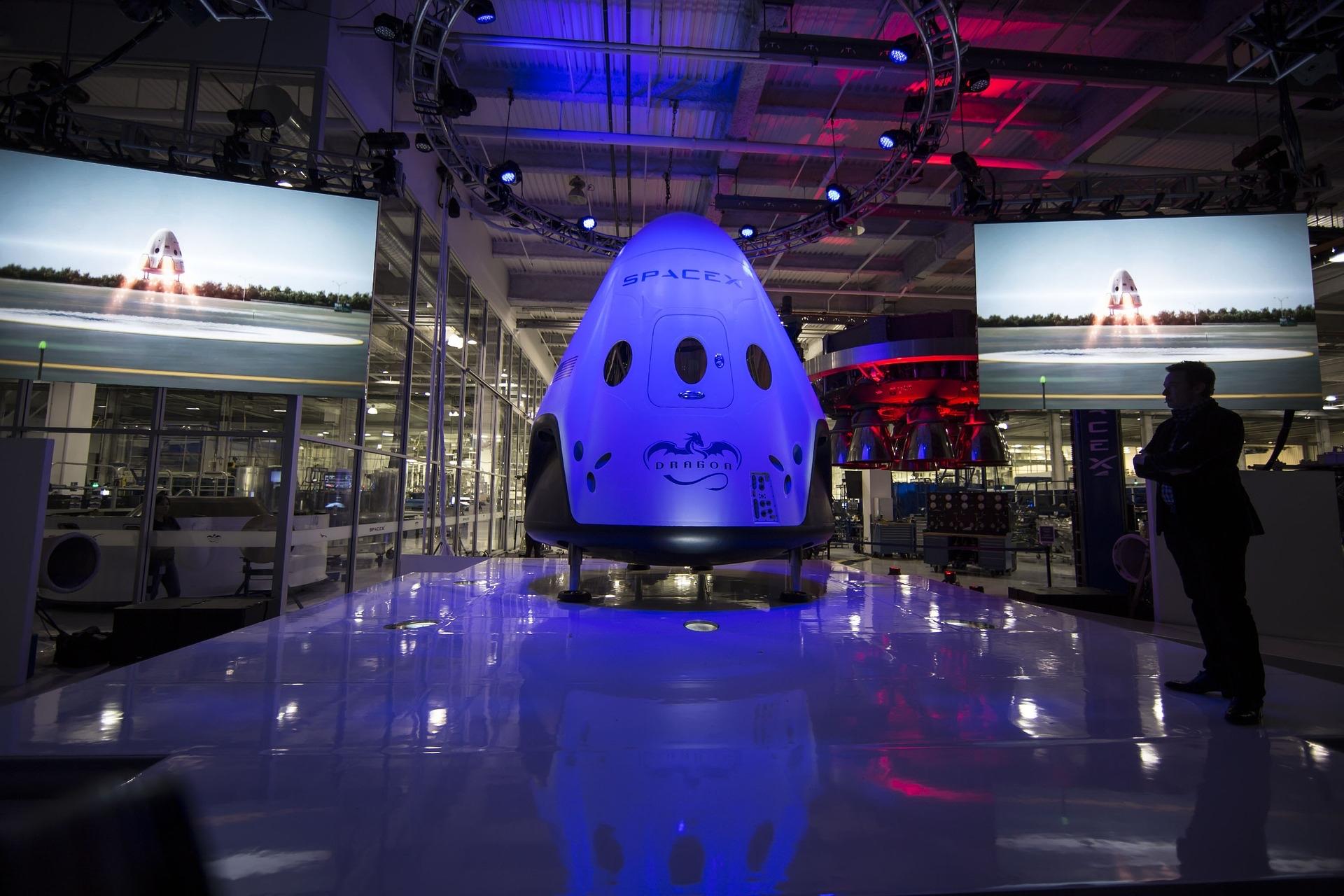
Companies like SpaceX are pivotal in NASA’s Mars plans. SpaceX’s Starship could play a central role in delivering cargo and astronauts to Mars.
The involvement of industry leaders accelerates timelines and enhances mission capabilities.
Economic Opportunities Beyond Earth
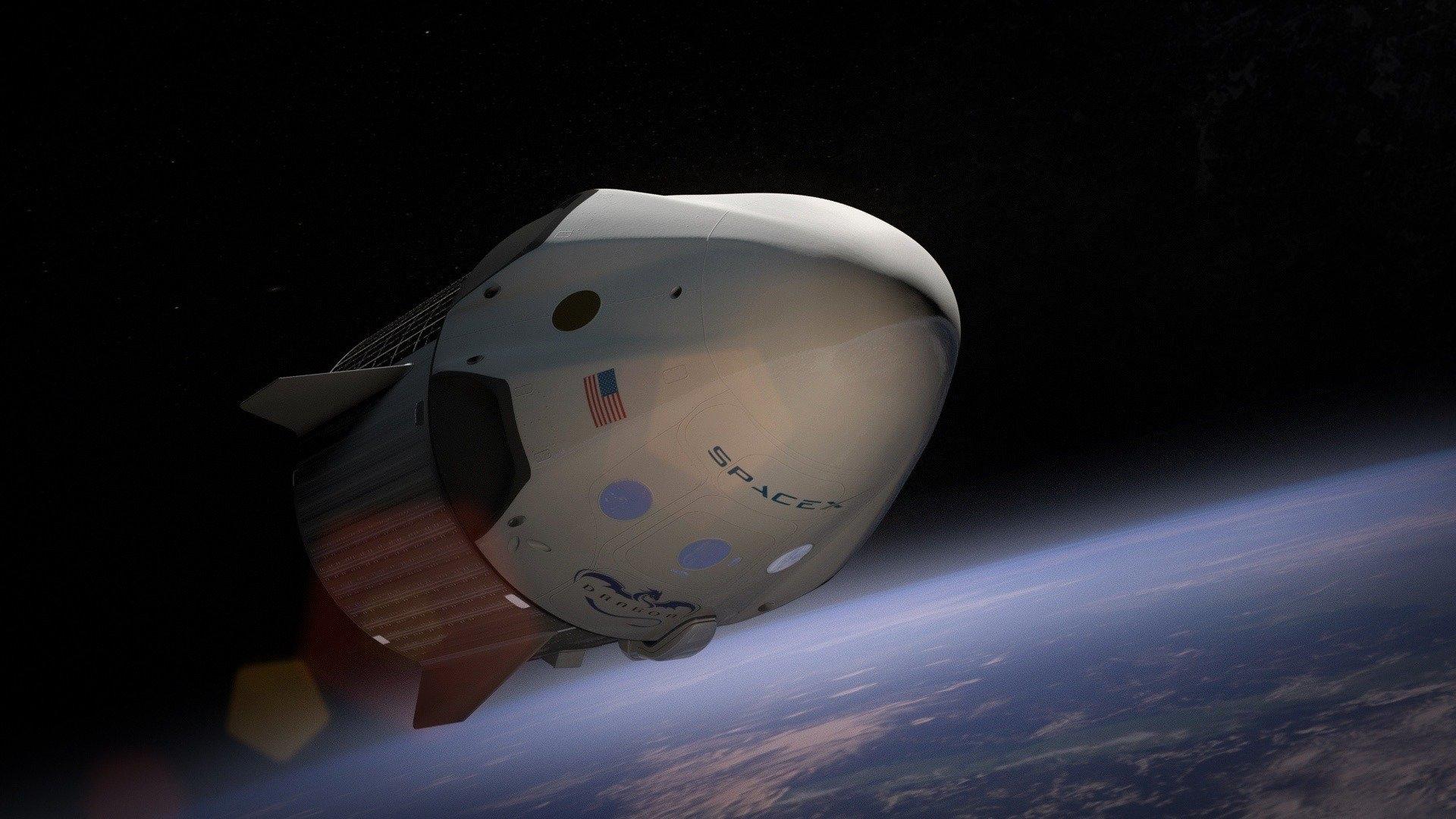
NASA believes Mars missions will open new economic frontiers, with commercial services ranging from research to mining and tourism, creating a space economy beyond Earth.
This vision could transform Mars into a hub for scientific and economic activity.
Steps Toward Mars Infrastructure

NASA is working on pre-positioning supplies and developing technologies for sustainable energy, air, and water production on Mars, in collaboration with private partners.
Establishing this infrastructure is vital for long-term human survival on the planet.
Challenges to Overcome

Despite progress, challenges remain, including long-duration space travel, radiation protection, and cost. NASA’s partnerships are key to overcoming these hurdles.
Solving these problems will be crucial for safe, sustainable exploration.
The Future of Mars Exploration

NASA’s path toward commercial Mars services aims to build a robust Martian ecosystem, blending government and private enterprise to unlock the Red Planet’s potential.
This initiative could lay the groundwork for a future where humanity thrives on Mars.

